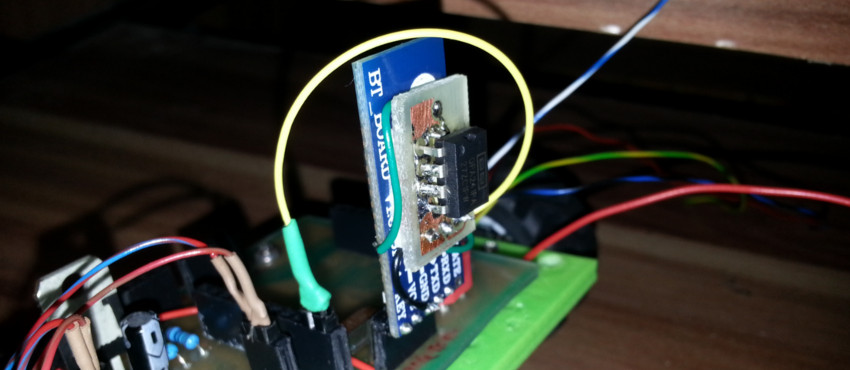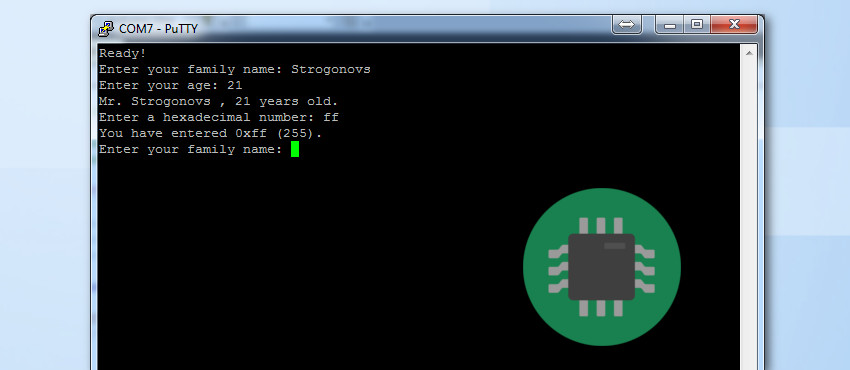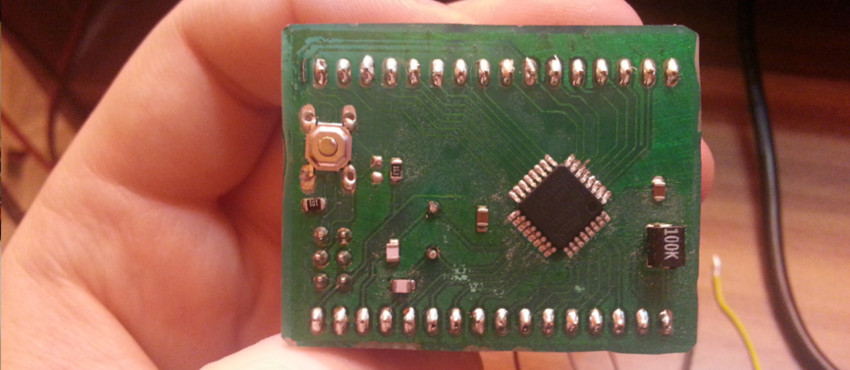
Recently I’ve been playing with cheap GY-80 module, more precisely 10DOF module with accelerometer, gyroscope, magnetometer and barometer. Eventually I’ll write how to use all four of them. I’ll start with accelerometer (accel). This guide could potentially be used for interfacing most of the MEMS accels, and definitely as a guide how to interpret data coming from the accel, not only from MEMS but also how to use the data coming from Smartphone, wiimote etc. They are basically the same thing. However, I won’t be describing features as tap sensing and double tap sensing, this will be only an introduction about the raw accelerometer.














